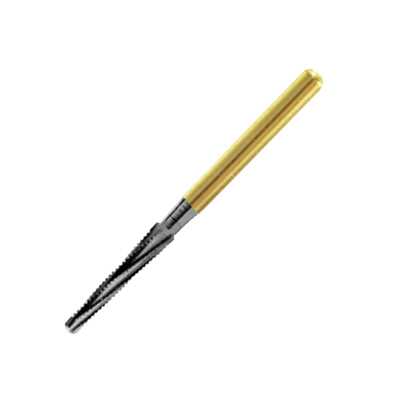
Conical Fissure golden bur FG 0.16 (3 pcs)
05-32-316G
This course will review techniques for routine and complicated extractions in dogs and cats. It will mainly focus on the avoidance and management of possible procedural complications (e.g., root fracture, oronasal (ONF) and oroorbital (OOF) communications) and the management of possible pre-existing conditions that may complicate extractions.
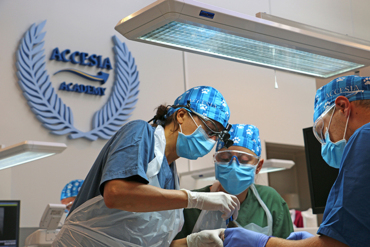
At the moment there are no vacancies at the course. Please make an expression of interest.
Expression of interest
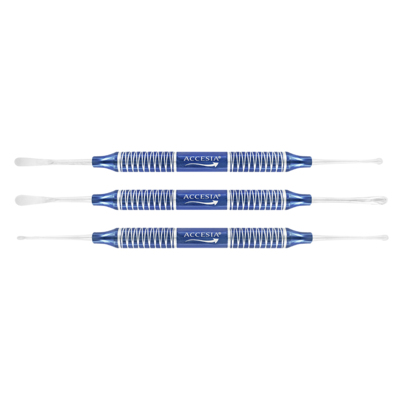

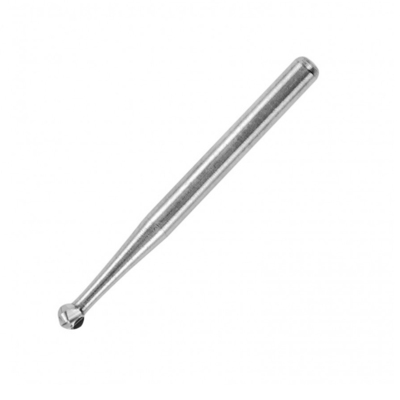
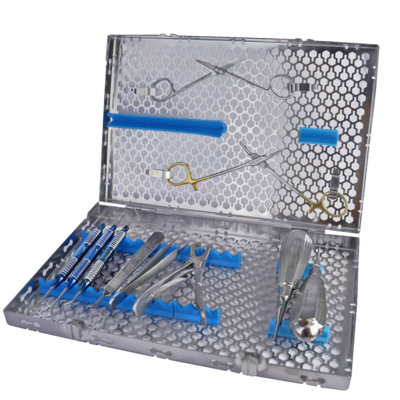



Accesia kör Agera Ehandel & kursbokning version 14 från Montania System AB - Change cookie consent
